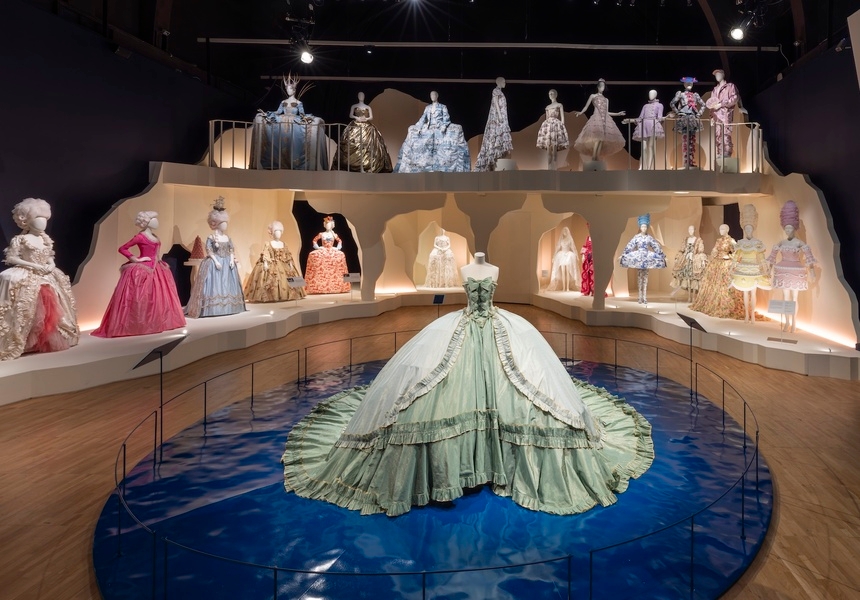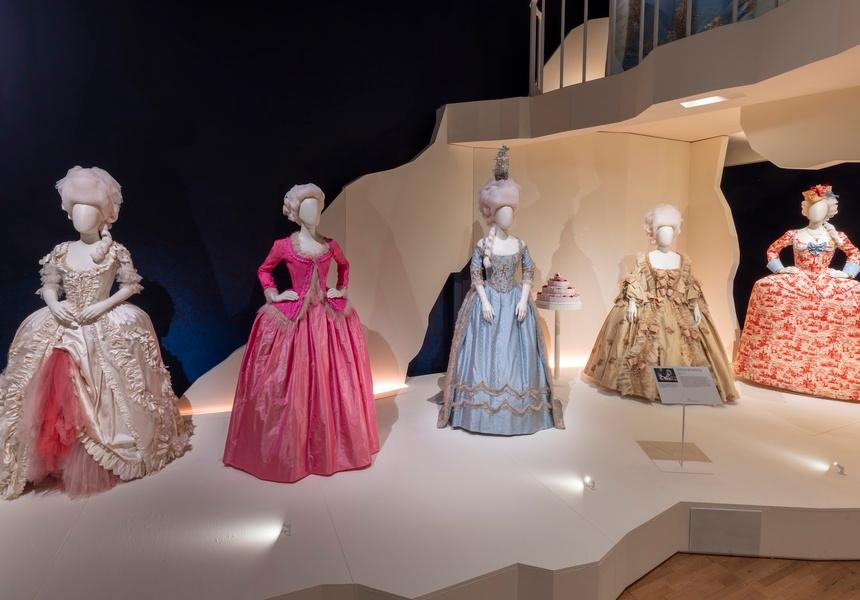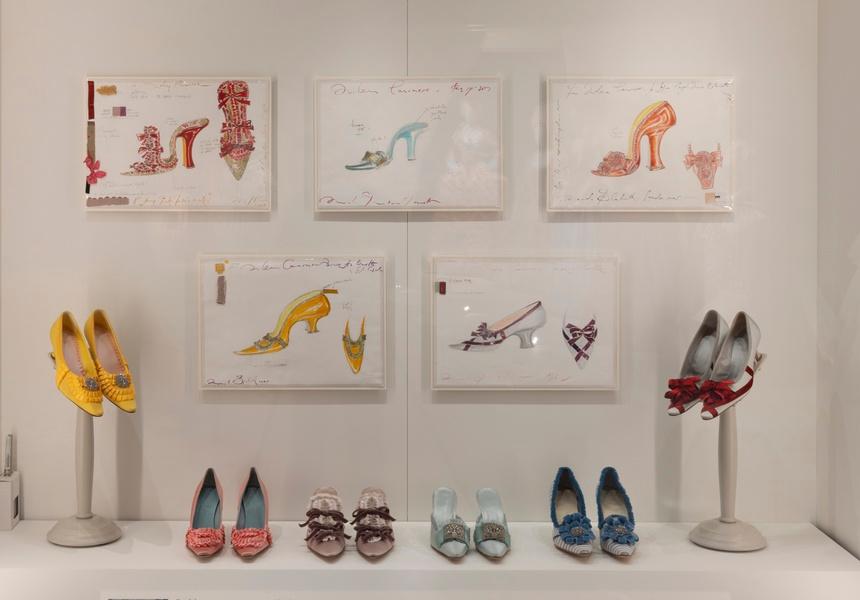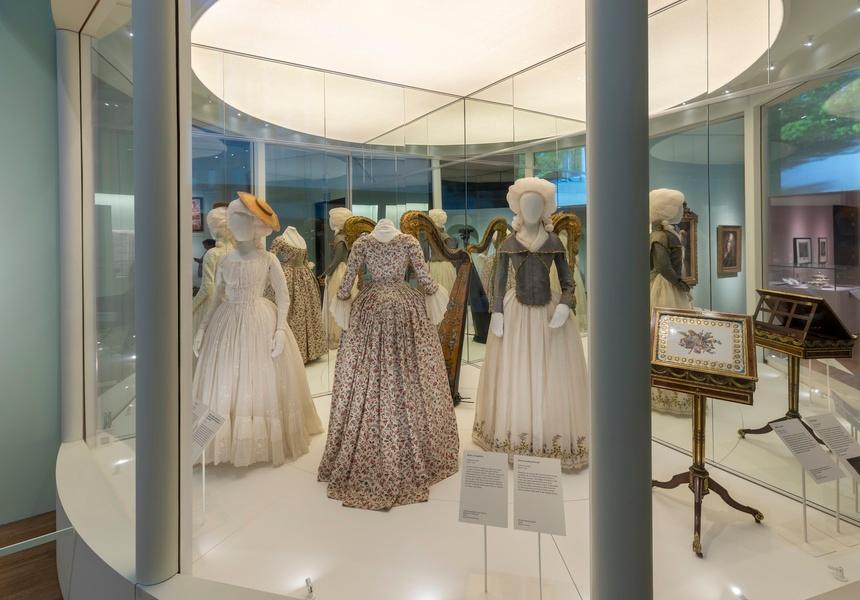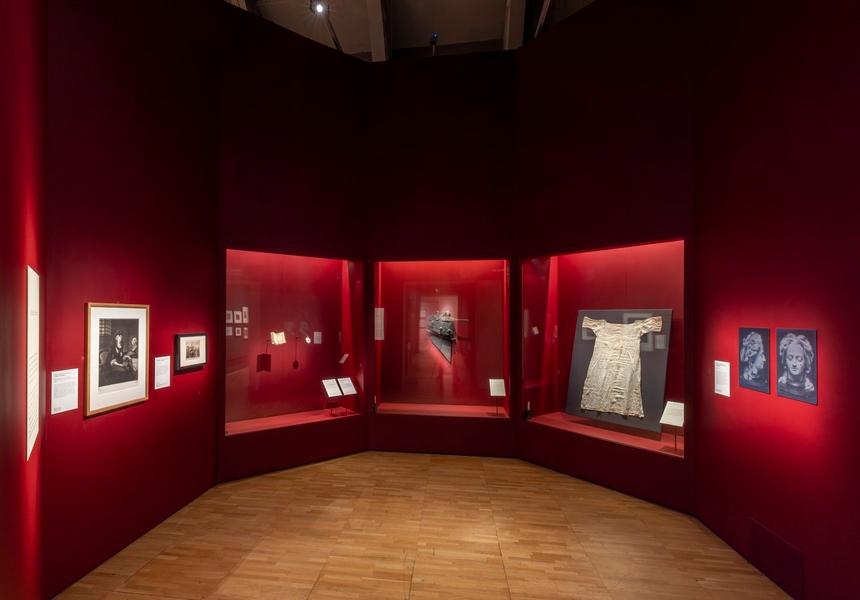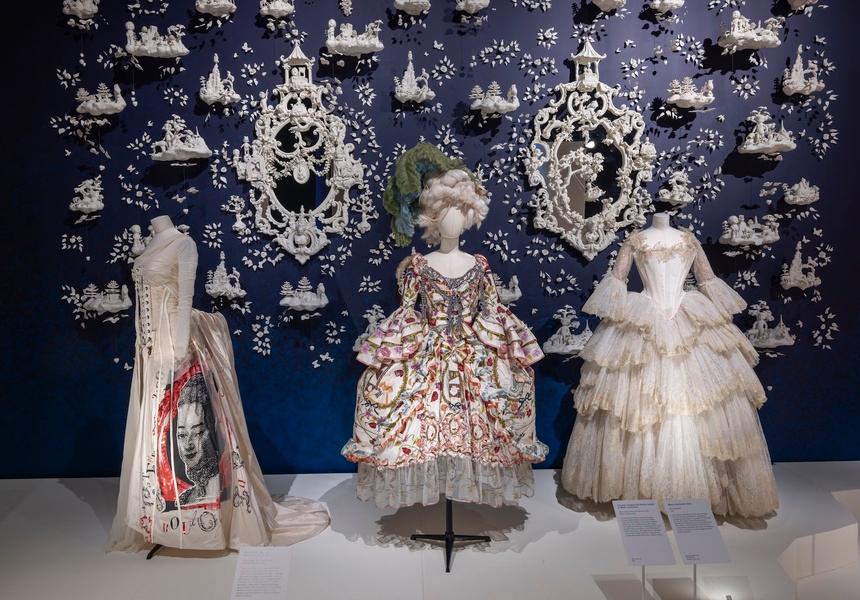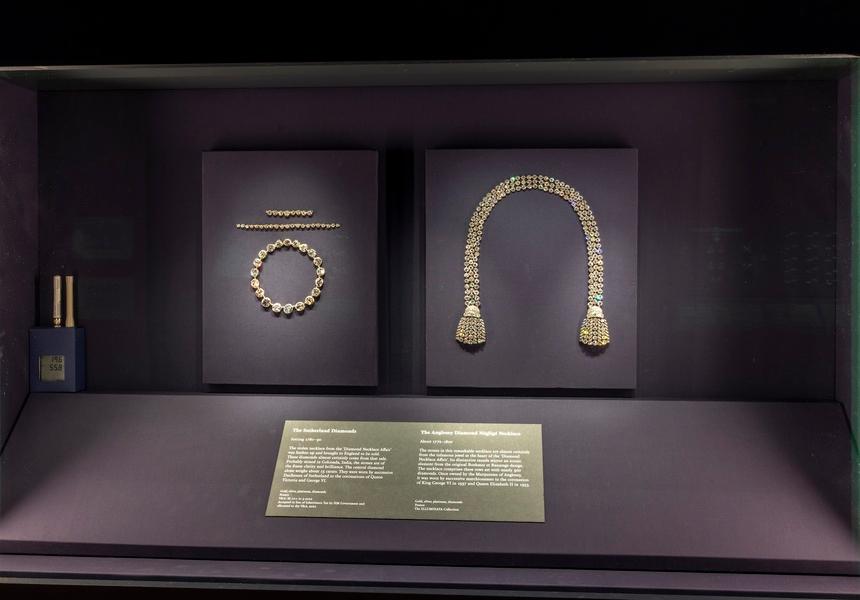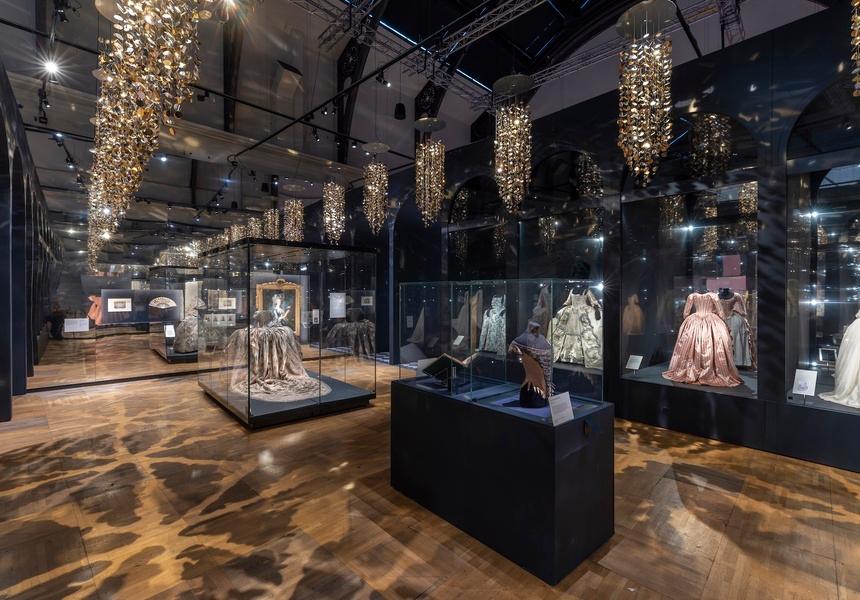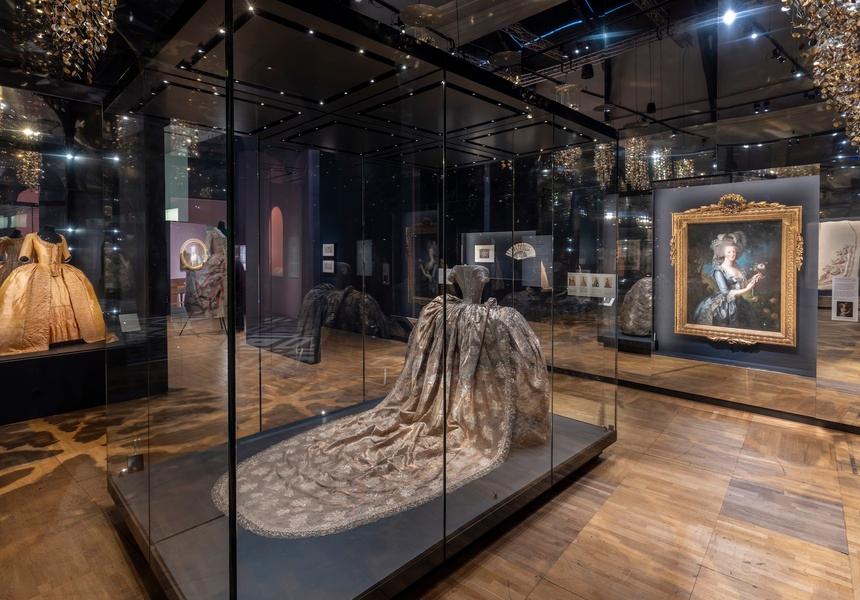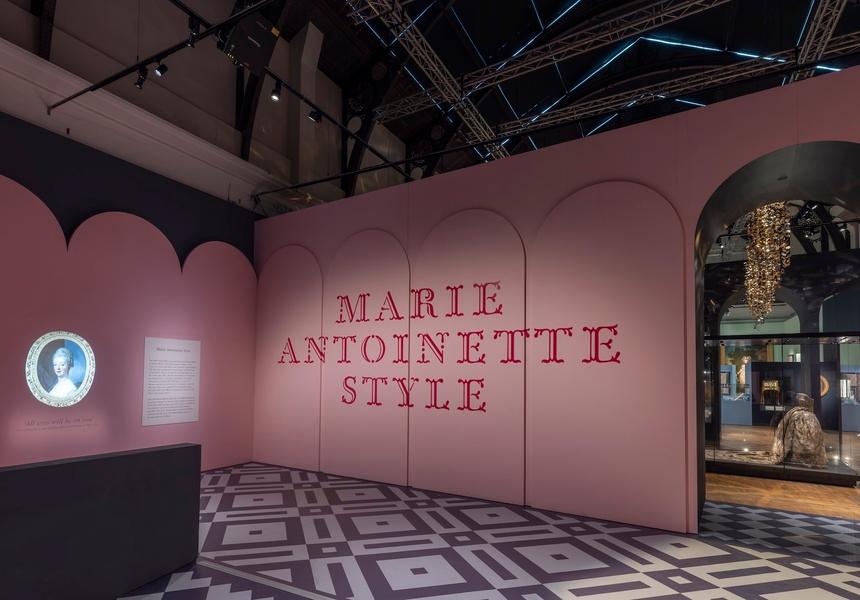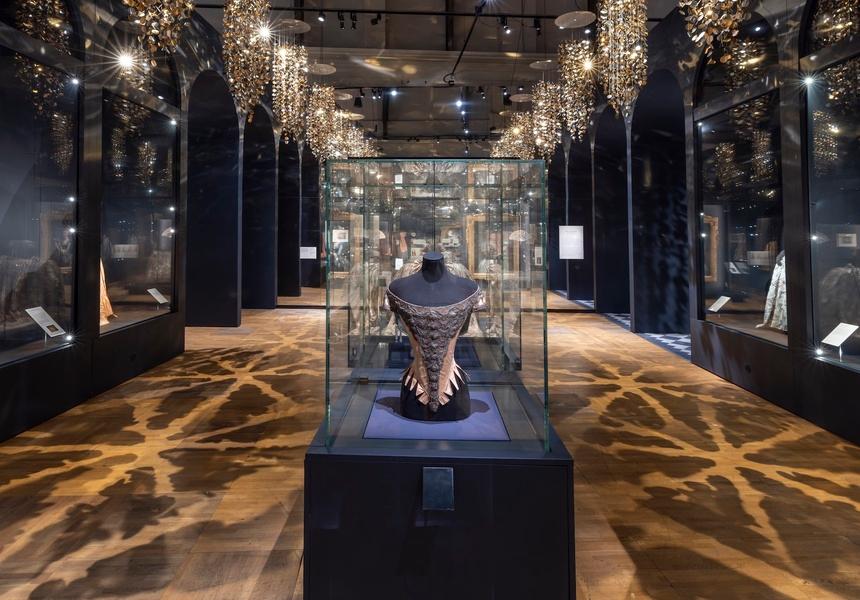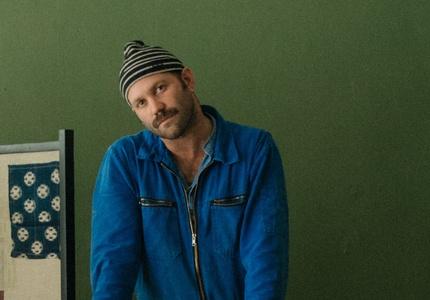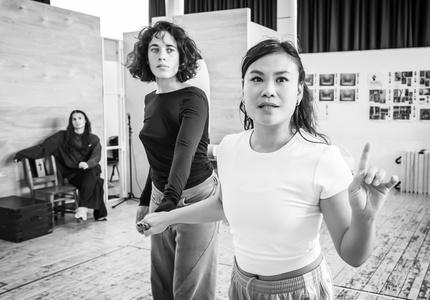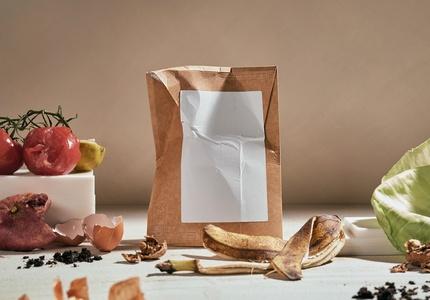More than 200 years since her death, Marie Antoinette remains one of history’s most controversial figures. But the V&A’s dazzling new show, Marie Antoinette Style, repositions her not as the doomed queen who allegedly told her starving subjects to eat cake, but as a defining tastemaker of the 18th century, whose influence is still felt today.
“The Austrian archduchess turned Queen of France had an enormous impact on European taste and fashion in her own time,” says the exhibition’s curator, Sarah Grant. “This is the design legacy of an early modern celebrity and the story of a woman whose power to fascinate has never ebbed.”
The exhibition – the first in the UK solely dedicated to Marie Antoinette – brings together more than 250 objects, including rare loans from Versailles that are being exhibited outside France for the first time. Standouts include fragments of a salmon-pink court gown (one of the few to survive the French Revolution), her silk slippers (size 3 ½), the infamous Sutherland diamonds and the suspected guillotine that beheaded her age 37. The staging is suitably theatrical: glittering lighting, classical soundscapes and scent diffusers that evoke her powder room, her gardens and – more soberly – the dank prison cell where she spent her final days.
The first display is a replica of the Duplessis portrait of a young and blushing Marie Antoinette, which is usually hung high at Versailles, but here lowered to eye level. Her digitally animated gaze darts around the room, labelled with her mother Maria Theresa’s warning: “All eyes will be on you”.
The show traces her evolution from Austrian princess to France’s last queen through gowns of silver-brocaded silk and embroidered robes à la française (informal dresses of the era). Accessories receive equal attention: beaded mules Marie Antoinette wore to master the “Versailles glide” – the walk the ladies of the royal court were known for – as well as masquerade cloaks and painted fans that are artworks in their own right. Hair, naturally, has its own section. Antoinette’s elaborate pouffes – wired, powdered and topped with flowers or ships – were trendsetting and irresistible to satirists at the time. Caricatures showed gardeners raking coiffures like hedgerows; a print of a 1770s board game even encouraged players to climb to victory, one pouffe at a time.
But beyond the spectacle, the exhibition also explores how Marie Antoinette’s reputation as a materialistic spendthrift was made worse by hostile pamphlets and propaganda that cast her as reckless, immoral and sexually depraved. Grant invites visitors to think beyond the controversy and acknowledge her role as a patron of the arts and French luxury trades, as well as a figure engaged with Enlightenment ideas surrounding motherhood and childhood. “Her story has been re-told and re-purposed by each successive generation to suit its own ends,” Grant says.
The final rooms bring her influence up to date, leaping into the 20th and 21st centuries, and showcasing her enduring impact on fashion and film. Manolo Blahnik’s shoes for Sofia Coppola’s Oscar-winning film Marie Antoinette sit alongside Tim Walker’s photograph of Kate Moss as a modern-day Marie Antoinette at the Ritz Paris. There are also gowns by Galliano and Vivienne Westwood, as well as Moschino’s tongue-in-cheek “let them eat cake” dresses.
What the exhibition makes clear is that, more than two centuries on, Marie Antoinette is as relevant as ever. “The rare combination of glamour, spectacle and tragedy she presents remains as intoxicating today as it was in the eighteenth century,” says Grant.
Marie Antoinette Style runs at the V&A South Kensington from September 20 to March 22, 2026.
